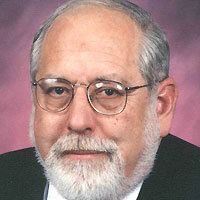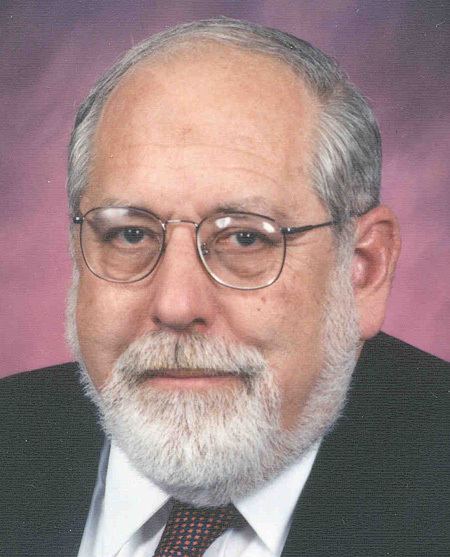Name Ken Batcher | ||
 | ||
Awards Seymour Cray Computer Engineering Award, Eckert–Mauchly Award | ||
Ken Batcher is an emeritus professor of Computer Science at Kent State University. He also worked as a computer architect at Goodyear Aerospace in Akron, Ohio for 28 years. In 1964, Batcher received his Ph.D. in electrical engineering from the University of Illinois. He graduated from Brooklyn Technical High School.

Among the designs he worked on at Goodyear were the:
In 1990, Batcher was awarded the ACM/IEEE Eckert-Mauchly Award for his pioneering work on parallel computers. He holds 14 patents.
In 2007, Batcher was awarded the IEEE Seymour Cray Computer Engineering Award; "For fundamental theoretical and practical contributions to massively parallel computation, including parallel sorting algorithms, interconnection networks, and pioneering designs of the STARAN and MPP computers."
He is credited with discovering two important parallel sorting algorithms: the odd-even mergesort and the bitonic mergesort.
Batcher is known for his half-serious, half-humorous definition that "A supercomputer is a device for turning compute-bound problems into I/O-bound problems."
